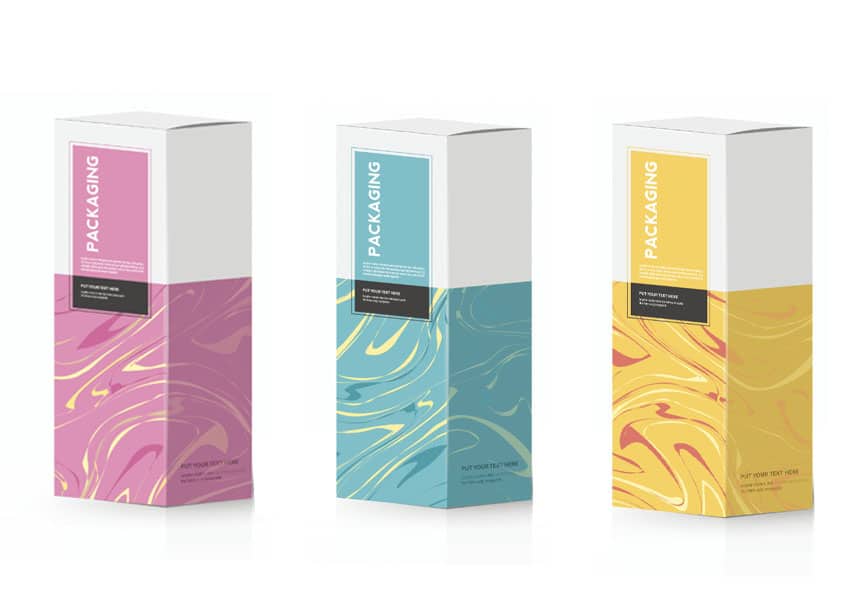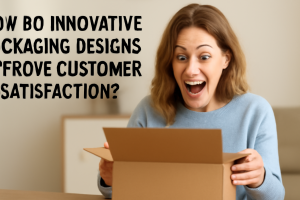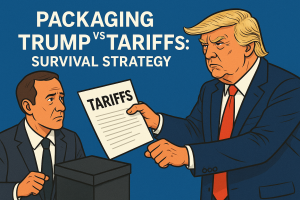Choosing a reliable paper box factory impacts product quality, cost efficiency, and brand reputation. This article explores critical factors for evaluating manufacturers, from certifications to sustainability practices. Let’s dive into actionable strategies for making informed decisions.
1. What Should You Look for in a Paper Box Factory?
But here’s the kicker: Not all factories prioritize the same standards. Start by verifying certifications like ISO 9001 for quality management or FSC for sustainable forestry. These credentials signal adherence to industry benchmarks. Next, assess production capacity. A factory producing 500,000 units monthly might struggle with sudden order spikes. Scalability ensures they handle your growth.
Material sourcing matters too. Factories using recycled cardboard reduce environmental footprints. Ask for details on suppliers—transparency here avoids greenwashing risks. Customization is another key. Can they print metallic finishes or emboss logos? Prototyping samples reveal their flexibility.
Table 1: Key Certifications for Paper Box Factories
| Certification | Purpose | Relevance |
|---|---|---|
| ISO 9001 | Quality management | Ensures consistent output |
| FSC | Sustainable materials | Ethical sourcing proof |
| BRCGS | Safety standards | Critical for food packaging |
2. How Do Paper Box Factories Ensure Product Durability?
What’s the real story? Durability starts with material testing. Factories should conduct edge crush tests (ECT) to measure box strength. For example, 32 ECT rating withstands 200 lbs. Climate-controlled storage prevents warping. Humidity above 60% weakens cardboard—factories in tropical regions need dehumidifiers.
Adhesives also play a role. Water-based glues are eco-friendly but may fail in damp conditions. Solvent-based alternatives offer resilience but raise VOC emissions. Structural design is another layer. Die-cut handles or reinforced corners prevent tears during shipping.
3. What Are Common Manufacturing Processes Used?
Ready for the good part? Most factories use die-cutting for precision. Laser-guided machines slice cardboard into exact shapes, ideal for intricate designs. Digital printing suits small batches, while flexography dominates mass production.
Automated folding machines speed assembly. One factory reduced labor costs by 40% after installing robotic arms. Waste reduction strategies matter too. Opt for factories recycling 90%+ of scrap material.
Table 2: Production Process Comparison
| Process | Best For | Speed | Cost Efficiency |
|---|---|---|---|
| Die-cutting | Custom shapes | Medium | High |
| Digital printing | Small batches | Fast | Low |
| Flexography | Bulk orders | Slow | Moderate |
4. Why Is Sustainability Critical in Paper Box Production?
This is where it gets interesting: 67% of buyers prefer eco-friendly packaging. Recycled fibers cut carbon footprints by 30% compared to virgin pulp. Factories using soy-based inks reduce toxin release. Certifications like EcoVadis validate their efforts.
Water usage is another angle. Advanced factories recycle 80% of process water. Solar-powered facilities further slash emissions. Partnering with such manufacturers aligns with ESG goals.
5. How Can Small Businesses Partner with Factories?
Here’s the twist: MOQs often deter startups. Negotiate tiered pricing—order 1,000 units initially, scaling to 10,000. Some factories offer shared production slots, splitting costs with other SMEs. Payment terms like 30% upfront ease cash flow.
Table 3: Cost Factors for Small Orders
| Factor | Impact | Solution |
|---|---|---|
| MOQs | High upfront cost | Tiered pricing models |
| Tooling fees | $500–$2,000 | Shared dies with other clients |
| Shipping | High per-unit cost | Consolidated freight |
6. What Safety Standards Govern Paper Box Factories?
Let’s cut to the chase: Food-grade boxes require FDA compliance. Factories serving EU markets need EU 1935/2004 certification. Fire-resistant coatings are mandatory for electronics packaging. Ethical audits ensure no child labor in supply chains.
7. How Do Factories Handle Custom Designs?
You won’t believe this: File compatibility issues delay 25% of projects. Confirm they accept vector files (AI, EPS). Pantone color matching ensures brand consistency—one client’s logo shifted from #FF0000 to #CC0000 due to poor calibration.
Prototyping costs vary. Some factories charge $200 per sample, while others deduct it from bulk orders.
Table 4: Custom Design Checklist
| Requirement | Details |
|---|---|
| File formats | AI, PDF, EPS |
| Color accuracy | Pantone guides |
| Revisions | 2–3 free rounds |
8. What Trends Are Shaping the Paper Box Industry?
Here’s the scoop: Smart packaging with QR codes boosts customer engagement. A cosmetics brand saw 20% higher repeat purchases after linking boxes to tutorials. Biodegradable coatings gain traction—mushroom-based materials decompose in 30 days.
9. How to Evaluate Factory Communication Efficiency?
The bottom line: Slow responses signal deeper issues. Track reply times to RFQs—top factories respond within 24 hours. Multilingual support prevents misunderstandings. One supplier lost a $50k deal due to language barriers.
10. What Are Hidden Costs in Paper Box Production?
Don’t overlook this: Tooling fees for custom dies average $1,500. Shipping from Asia adds 15–20% to costs. Storage fees hit $0.50/box/month if orders lag.
Table 5: Hidden Cost Breakdown
| Cost Type | Average Expense | Mitigation Strategy |
|---|---|---|
| Tooling | $1,500 | Shared dies |
| Shipping | 15–20% of FOB | Negotiate CIF terms |
| Storage | $0.50/box/month | JIT inventory |
FAQ Section
Q1: What is a paper box factory?
A facility manufacturing cardboard or corrugated boxes for packaging.
Q2: How do factories ensure boxes meet weight limits?
Through material testing and structural simulations.
Q3: What materials are eco-friendly for paper boxes?
Recycled cardboard, soy-based inks, and biodegradable adhesives.
Q4: Can factories handle urgent orders?
Yes, but rush fees apply. Confirm timelines upfront.
Q5: How long does production typically take?
4–6 weeks for standard orders; 8+ weeks for complex designs.
Conclusion
Selecting a paper box factory demands scrutiny of certifications, processes, and hidden costs. Prioritize sustainability and communication efficiency to avoid pitfalls. Use tiered pricing and shared tooling to ease budgets. For deeper insights, download our supplier negotiation checklist or contact industry experts for tailored advice. Your packaging partner can make or break your brand—choose wisely.




